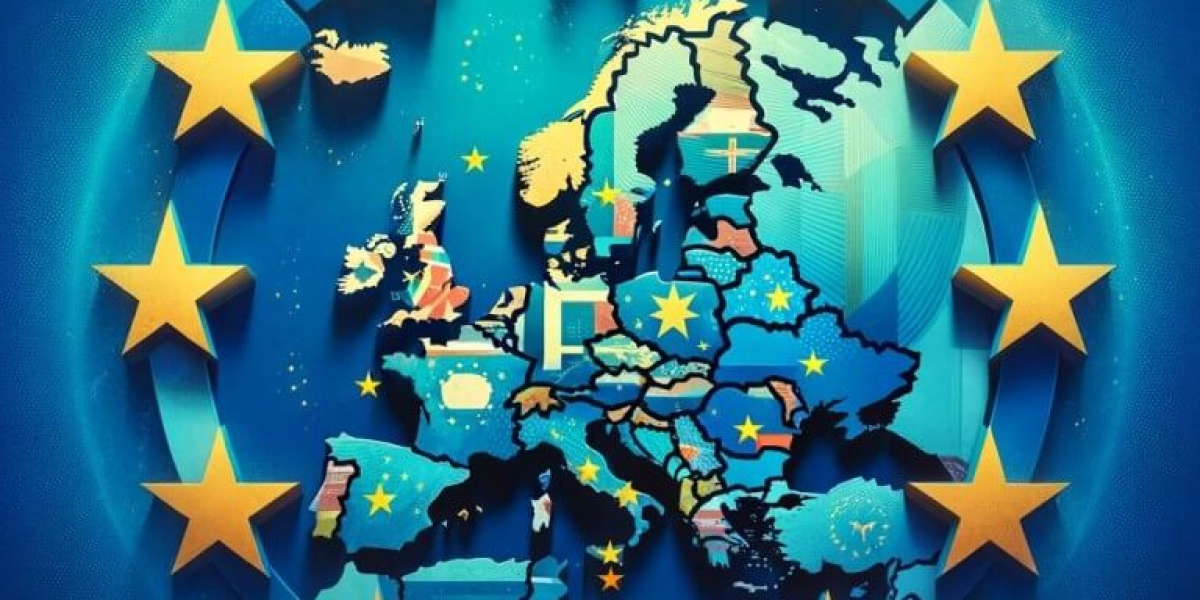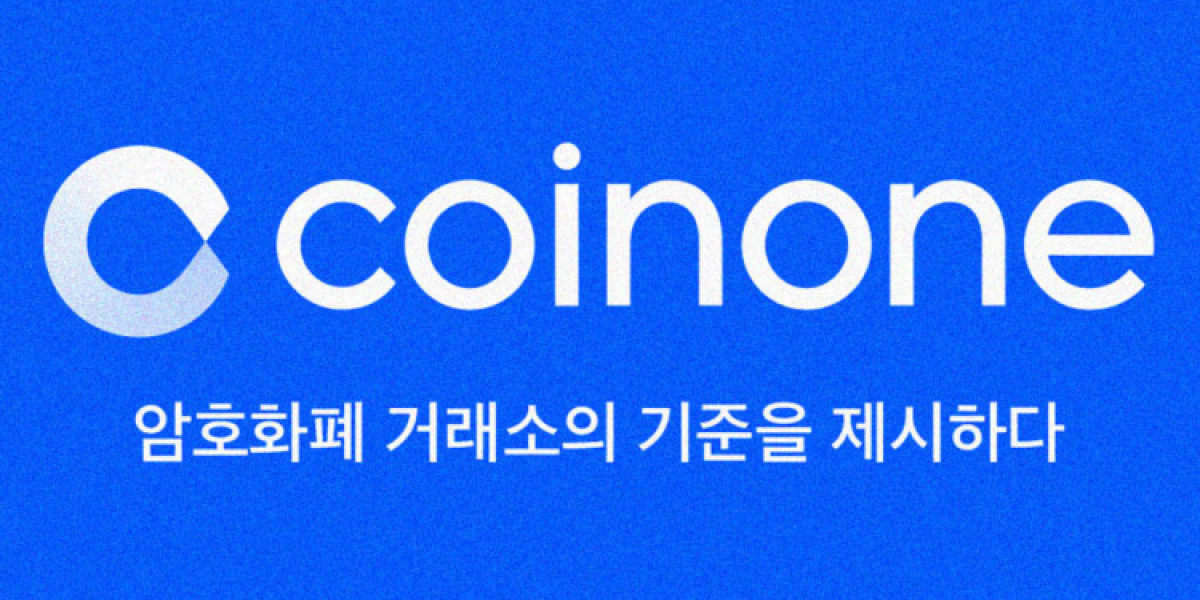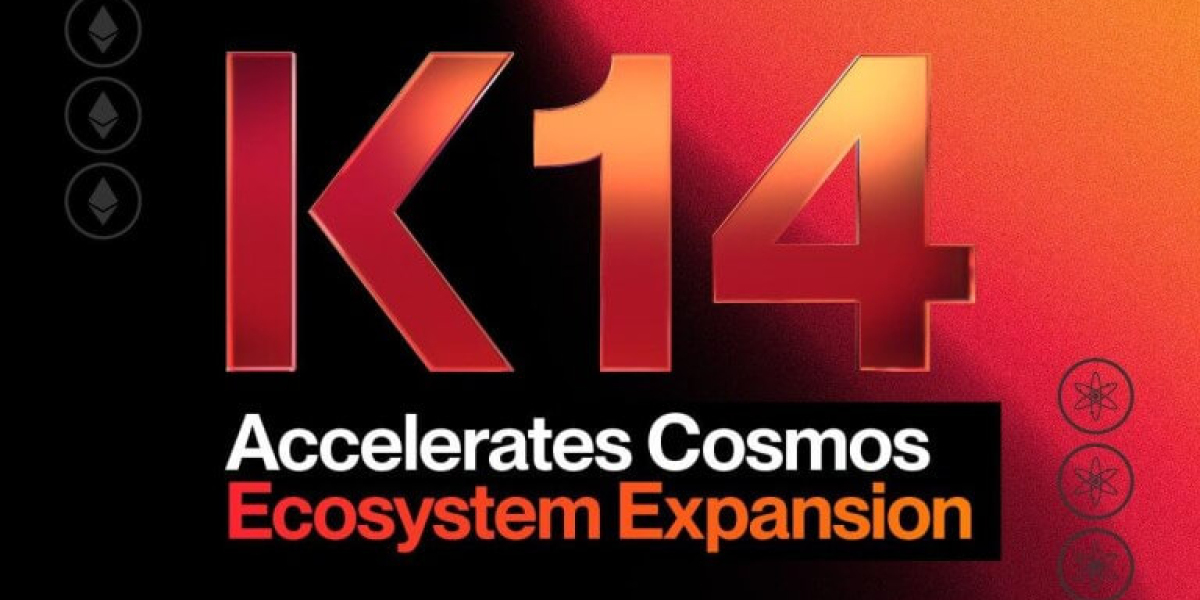The European Union has achieved a significant milestone in technology governance by finalizing the world’s first comprehensive AI regulation. The landmark Artificial Intelligence Act was agreed upon after extensive trilogue negotiations involving the European Commission, the Council of the European Union, and the European Parliament. This agreement, announced on December 8, marks a pivotal moment in the global approach to AI regulation.
Key features of the AI act
Governance and enforcement
The AI Act introduces a multi-tiered governance structure. Nationally, market surveillance authorities will oversee the Act’s implementation, while at the EU level, a newly established AI Office within the Commission will coordinate member states’ efforts and enforce general-purpose AI rules.
Prohibitions and high-risk systems
The Act categorizes certain AI systems as posing unacceptable risks, leading to their ban. This includes technologies that manipulate human behavior, certain predictive policing methods, and emotion-recognition systems in workplaces and schools. High-risk systems, like those used in critical infrastructure and law enforcement, must adhere to stringent requirements such as risk mitigation, quality datasets, detailed documentation, and human oversight.
Transparency obligations
Transparency is a cornerstone of the AI Act. AI systems like chatbots must disclose their non-human nature to users. The same applies to deepfakes and emotion recognition systems, ensuring users are aware of their interactions with these technologies.
Fines and penalties
The Act sets out a tiered penalty system for violations. Unacceptable risk infringements could lead to fines up to 7% of global annual turnover or €35 million, whichever is higher. Lesser penalties apply to high-risk systems and misinformation cases.
Challenges and next steps
The text of the AI Act is yet to be published, and technical meetings are scheduled to refine it further. With parliamentary elections approaching, urgency marks the translation and publication processes.
The Act, larger in scope than the General Data Protection Regulation (GDPR), presents substantial challenges for both industries and regulators. There are concerns about the availability of resources and expertise to enforce and comply with the new regulations.
Compliance teams must navigate the AI Act’s interactions with other EU regulations, such as the GDPR, Data Act, DSA, and DMA. This complex interplay poses significant challenges for companies, especially those using high-risk AI applications.
European Union’s pioneering Artificial Intelligence Act establishes a comprehensive framework for AI regulation, balancing innovation with fundamental rights and safety. As the EU navigates the final stages of implementing this groundbreaking legislation, the global AI landscape is poised for a significant shift.
The Act’s rigorous governance, transparency, and enforcement mechanisms set a new standard in AI regulation, presenting both challenges and opportunities for stakeholders. This landmark move not only reflects the EU’s commitment to ethical AI practices but also signals a new era in the intersection of technology and regulation.







